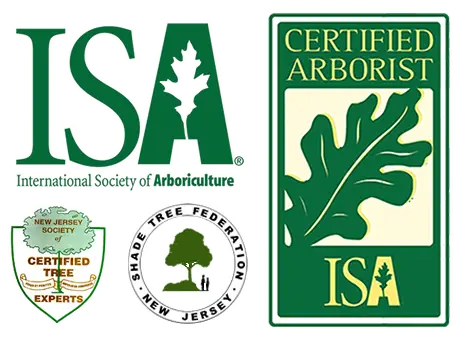In This Article
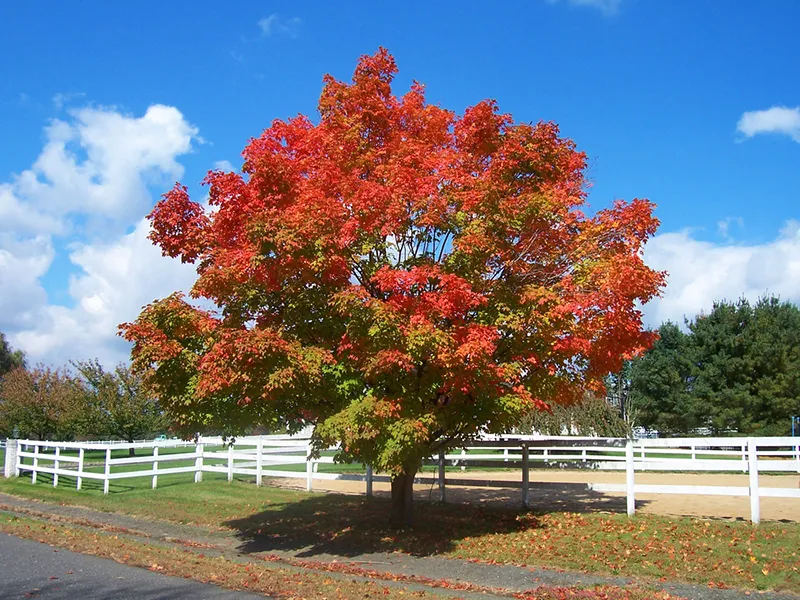
As the picturesque town of Middletown, NJ, welcomes the gentle fall breeze, the glorious canvas of nature unfolds in hues of amber, russet, and gold. This seasonal transformation not only elevates the town’s scenic beauty but also heralds the time to focus on essential tree care and maintenance.
In this article, we will discuss the benefits of tree inspections and assessments, as well as pruning. At Hufnagel Tree Service, we consider these essential fall tree services in Middletown, NJ.
Tree Inspection and Assessment

The initiation of fall marks not only a change in season but also an essential period for focusing on tree health and safety. This transition season offers an opportune time to assess the well-being of your trees and to facilitate measures that promote their health and longevity. The cornerstone of this seasonal tree care is a thorough tree inspection and assessment conducted by skilled arborists. Here, we unpack the various elements and the vital role of this process.
Why is it Important?

As trees transition from the vigorous growth of summer into a more dormant state in the winter, they undergo numerous changes which may affect their structural integrity and health. Proper inspection and assessment can preemptively identify areas of concern, helping prevent more severe issues down the line. Moreover, it fosters a safe environment, reducing risks associated with falling limbs or unstable trees.
The Process
A systematic tree inspection encompasses a meticulous examination of various tree components, including the roots, trunk, branches, and foliage. Here’s a more detailed look at what the process involves:
- Root Inspection
- Soil Conditions: Understanding the type of soil and its condition provides insights into the tree’s stability and nutrient supply.
- Root Diseases: Identifying potential root diseases early on can prevent irreversible damage.
- Trunk Examination
- Bark Health: Examining the bark for signs of disease, pests, or physical damage is pivotal.
- Cavities and Cracks: Identifying and monitoring cavities and cracks to gauge the tree’s structural stability.
- Branch Inspection
- Deadwood: Spotting and marking deadwood for removal, preventing potential hazards.
- Branch Attachments: Evaluating the strength and stability of branch attachments to foresee potential risks.
- Foliage Assessment
- Leaf Conditions: Inspecting the leaves for signs of disease or nutrient deficiencies.
- Pest Infestation: Identifying early signs of pest infestations to undertake timely interventions.
After The Inspection
Following the inspection, a detailed summary of findings is discussed, which outlines the health status of your trees and recommends necessary interventions. This might include recommendations for pruning, treatments for diseases, or, in extreme cases, tree removal to ensure safety.
Tree Inspection Conclusion
Undertaking a comprehensive tree inspection and assessment as the leaves turn golden sets a foundation for robust tree health. It not only averts potential hazards but also elucidates a roadmap for nurturing trees that are both healthy and beautiful. Trust in services like those offered by Hufnagel Tree Service, where certified arborists bring in a rich blend of experience and expertise, ensuring that your trees stand tall and grand, echoing stories of time through many more seasons to come.
Get A Fall Service Quote
Pruning
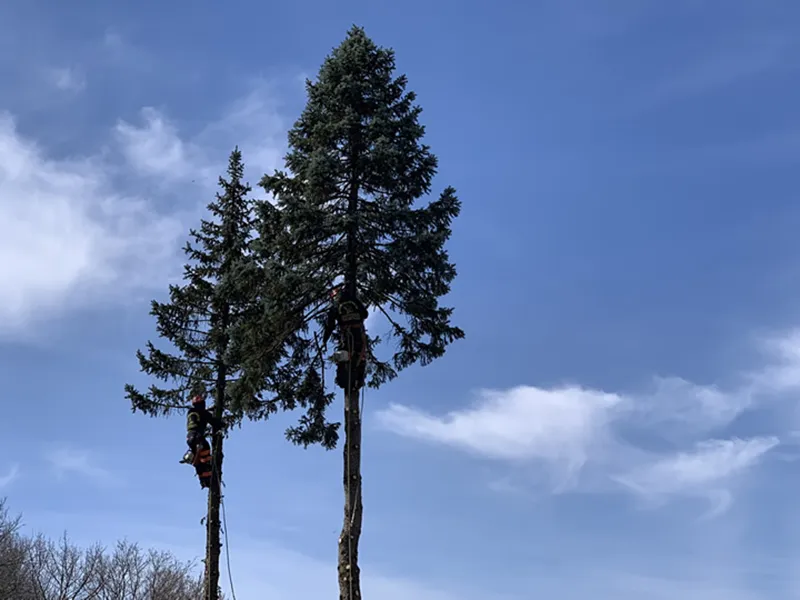
As Middletown embarks on the picturesque journey from summer to fall, it opens a window of opportunity for vital tree care activities, prominent among which is pruning. This process is not merely about enhancing the aesthetic appeal of the trees but goes much deeper, touching upon aspects of safety, health, and preservation of the trees. Let us delve deeper into the intricacies and nuances of pruning, offering a detailed perspective on its critical role in arboriculture.
The Science Behind Pruning

Understanding pruning from a scientific lens entails recognizing the biological processes and growth patterns of trees. It is about foreseeing the tree’s growth trajectory and making precise cuts to direct its growth harmoniously. This informed approach promotes the tree’s health and ensures its aesthetic development aligns with the natural landscape.
Pruning Techniques
Pruning isn’t a one-size-fits-all process; it involves various techniques tailored to address different issues and attain distinct objectives. Here are some of the established techniques:
- Thinning: The objective is to reduce the density of the branches, allowing better air circulation and penetration of sunlight. This involves careful removal of selective branches, promoting a balanced structure.
- Crown Raising: The objective is to remove the lower branches of a tree to provide clearance for buildings, vehicles, and pedestrians. This involves identifying and removing the lower branches without affecting the tree’s balance and stability.
- Crown Reduction: The objective is to reduce the size of a tree’s crown without affecting its natural shape significantly. This involves selective removal of branches, ensuring the tree maintains a balanced and aesthetic form.
- Pollarding: The objective is to control the size of the tree and encourage a dense head of foliage and branches. This involves Initial pruning of a tree when young, followed by periodic removal of the new growth.
Pruning Tools and Safety
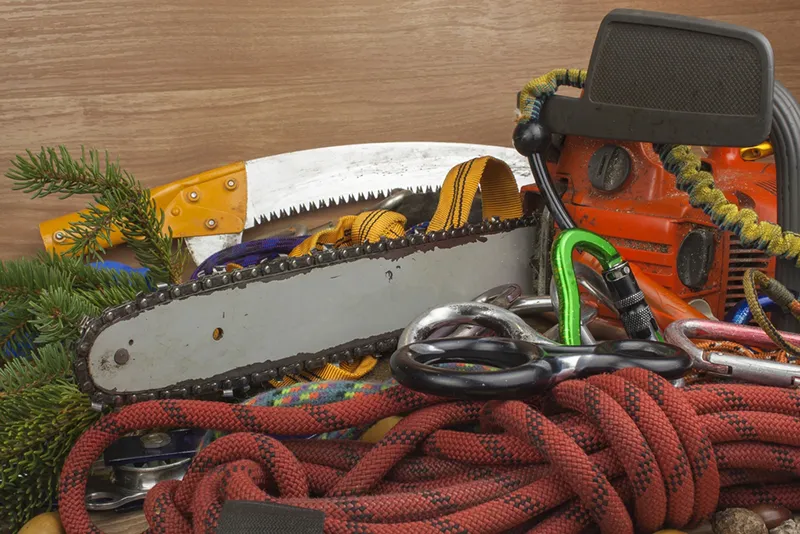
Embarking on a pruning mission demands not only expertise but also the right tools. Some of the essential tools include pruning shears, loppers, and pruning saws, each catering to branches of different thicknesses. Moreover, prioritizing safety is key; ensuring the use of safety gear and adherence to safety guidelines is pivotal.
Prune at the Right Time
While fall is a great time for pruning, the specific timing can vary based on the tree species and the objectives of pruning. Engaging with a certified arborist can provide insights into the optimal time for pruning, aligning with the tree’s natural cycles.
Environmental Benefits of Tree Pruning
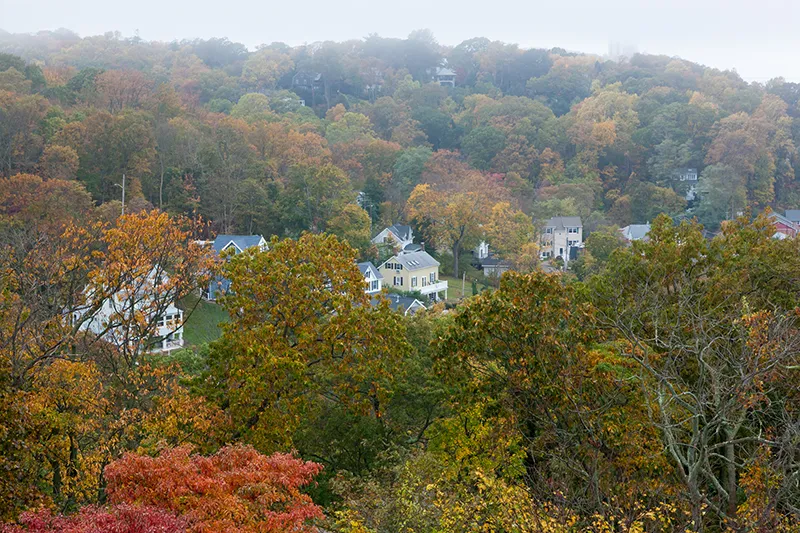
Pruning extends beyond the well-being of a single tree. Well-pruned trees enhance the ecosystem, offering habitats for various wildlife and playing a pivotal role in purifying the air and enhancing the green cover’s overall health.
Tree Pruning Conclusion
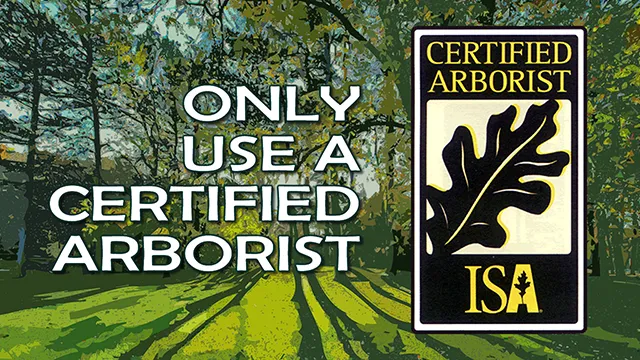
In conclusion, pruning stands as a pillar of tree care, a science and an art that fosters health, safety, and beauty. As we transition into fall, let’s embrace this practice with knowledge and responsibility, nurturing the green giants that grace our surroundings. Whether you are a homeowner looking to enhance your yard’s safety or a property manager aiming to preserve the aesthetic appeal, Hufnagel Tree Service offers the expertise and service to meet all your pruning needs, ensuring the sustained beauty and health of Middletown’s natural heritage.
Call Now To Schedule Service
